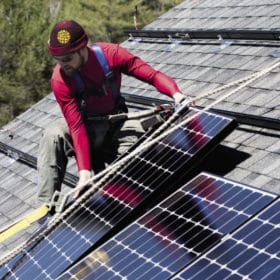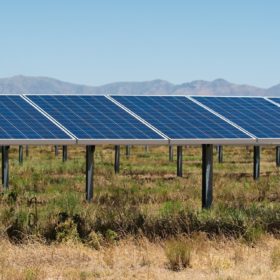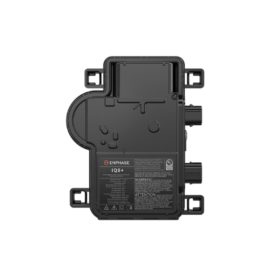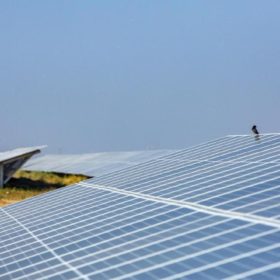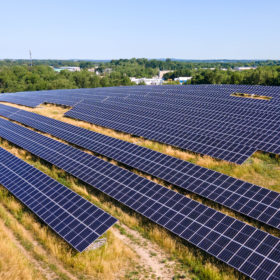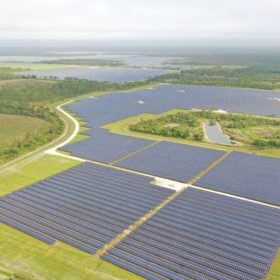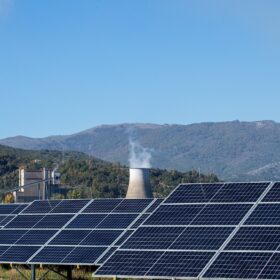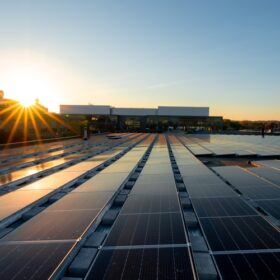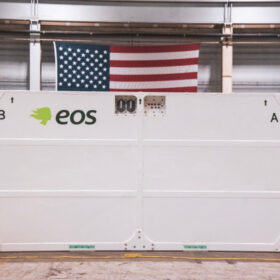Three open requests for information from the U.S. Solar Energy Technologies Office
The Department of Energy (DOE) solar technology arm is requesting information on solar performance data, solar technologies for net-zero buildings, and energy resilience in rural and remote areas.
Canada launches Electricity Transition Hub to assist utilities
The Canadian Government is providing CAD1.5 million over three years to establish the Electricity Transition Hub – a knowledge sharing platform for its diverse utility sector. The hub was launched today at the Electricity Transformation Canada event in Toronto.
Algae could boost solar panel efficiency by 4%
A Swedish team has inaugurated a pilot facility to mass produce algae material that can potentially boost silicon solar module efficiency by 4% and thin film by 36%. The algae are added to the encapsulant in silicon-based modules or to the anti-reflective coating on the glass of thin film modules. The team estimates the resulting modules would be 3.9% cheaper.
Nearly 4% of U.S. homes have solar panels installed
In 2020, 3.7% of U.S. homes generated electricity from small-scale solar arrays, as did 1.6% of commercial buildings, reports the Energy Information Administration.
Engie acquires 6 GW of solar and battery storage projects
The company announced the acquisition of projects across the ERCOT, PJM, MISO, and WECC territories.
U.S. Army builds further resilience with flow battery pilot project at Fort Carson
The redox flow battery dubbed GridStar Flow is intended to help protect the installation during emergency situations.
Enphase to open several U.S. manufacturing lines
The solar inverter provider’s announcement was made amid a Q3 earnings call with record revenues reported.
Saint-Gobain signs 200 MW solar power purchase agreement with TotalEnergies
The construction and industrial manufacturer and distributor signed an agreement to source solar-generated electricity for its 145 industrial sites.
Landfill solar project to cover 63% of South Portland’s municipal electricity needs
The brownfield-sited project will bring the city’s municipal electricity to 80% sourced from solar.
50 states of solar incentives: Florida
Aptly nicknamed the Sunshine State, Florida is a leading market for PV deployment. However, it lags other states in terms of policy support.


